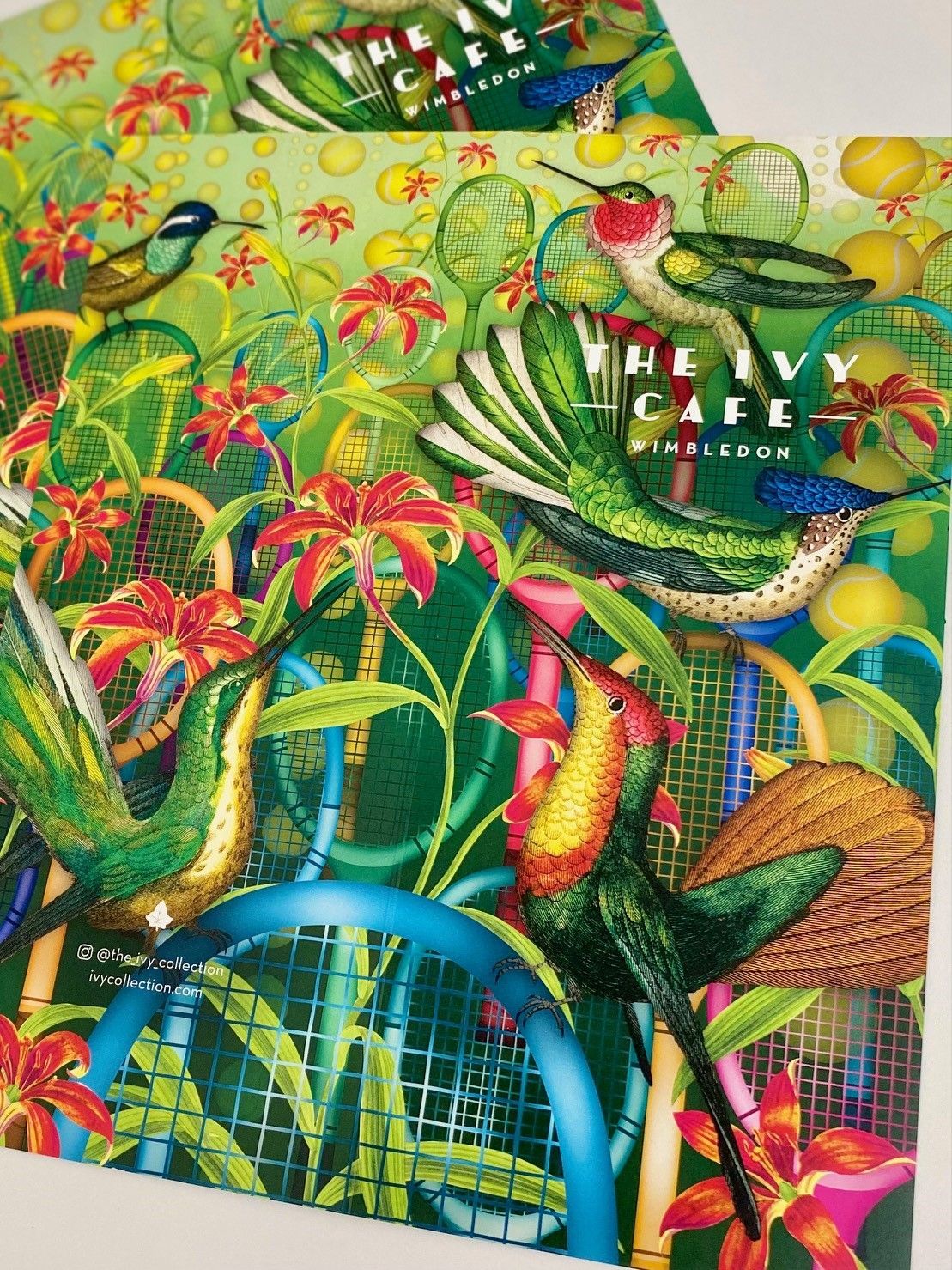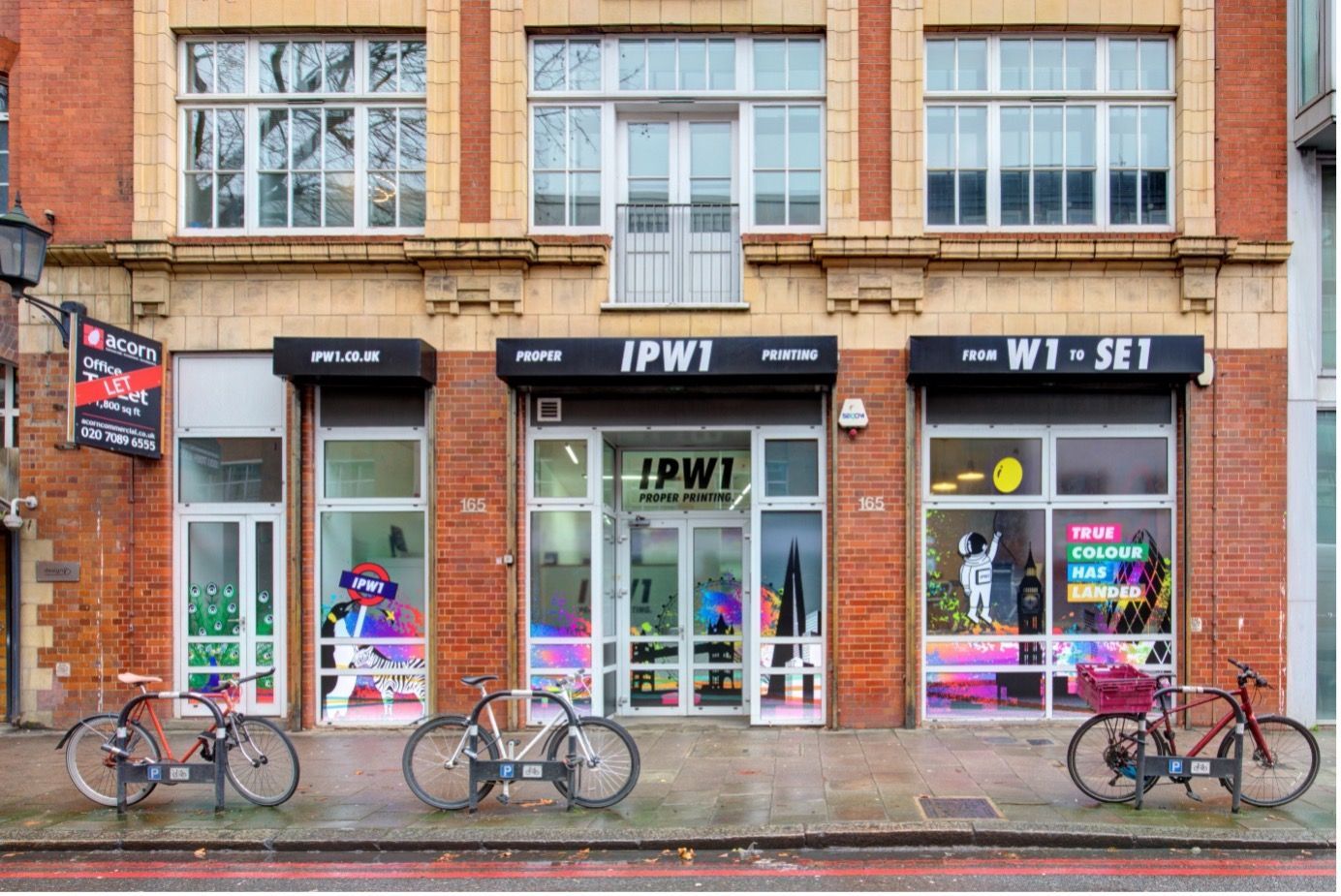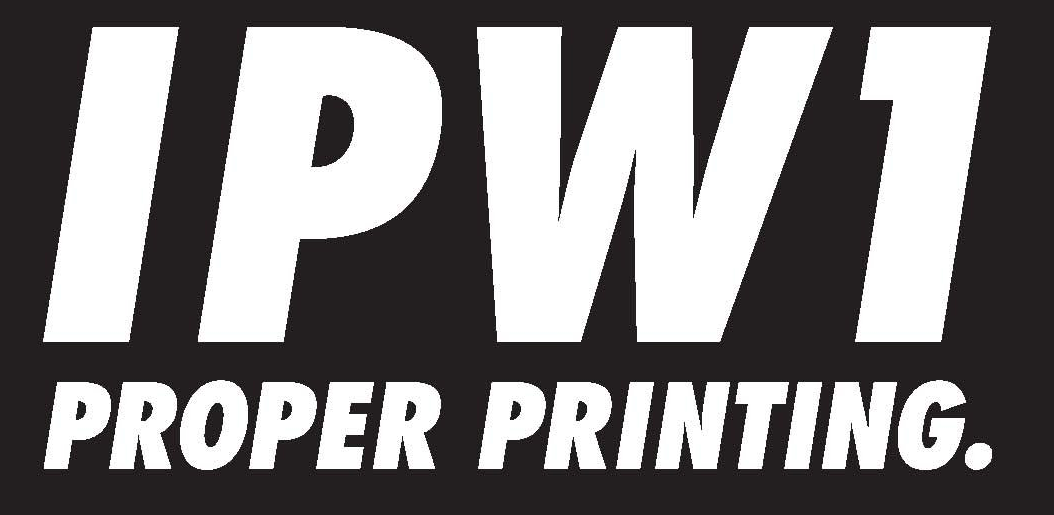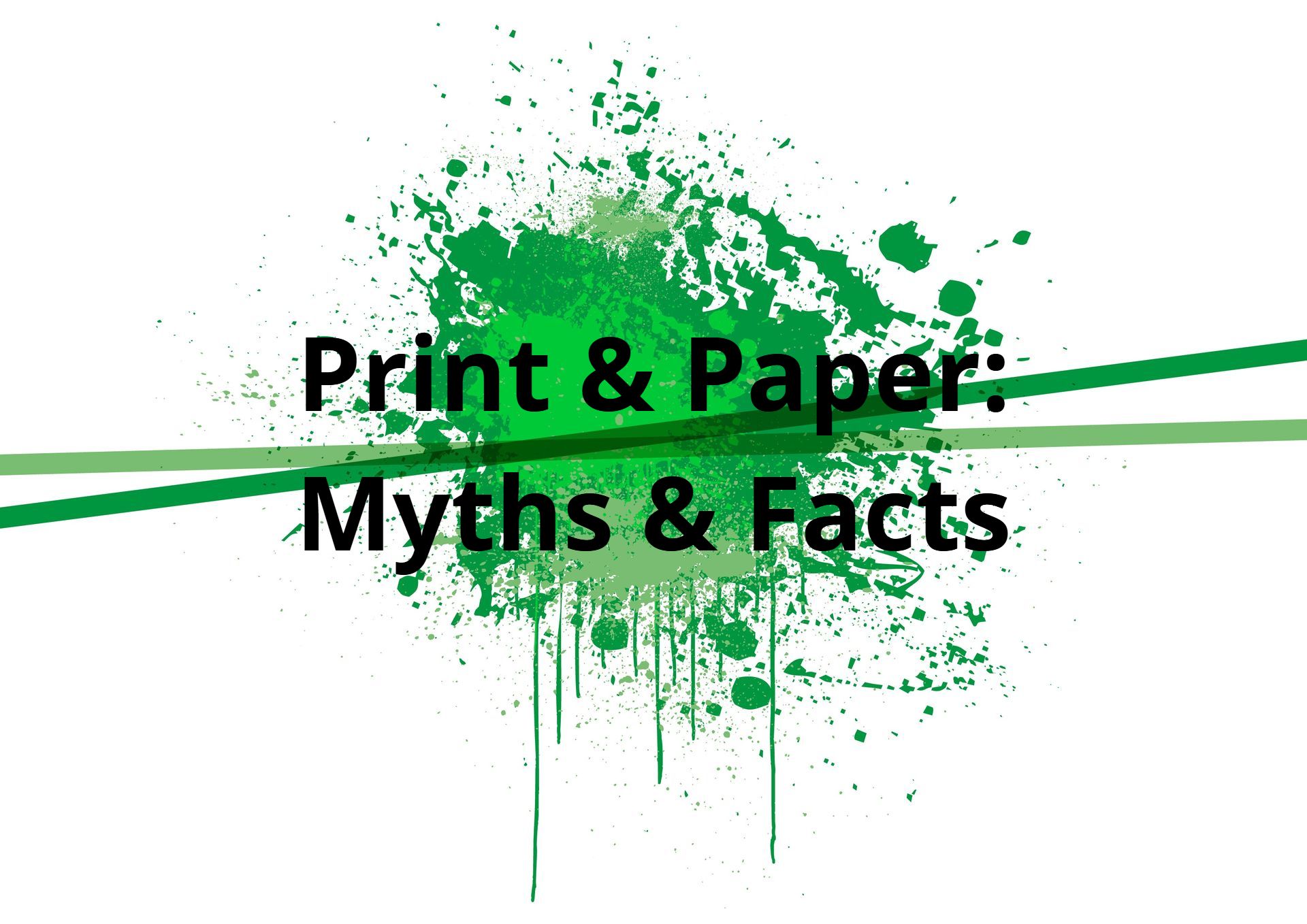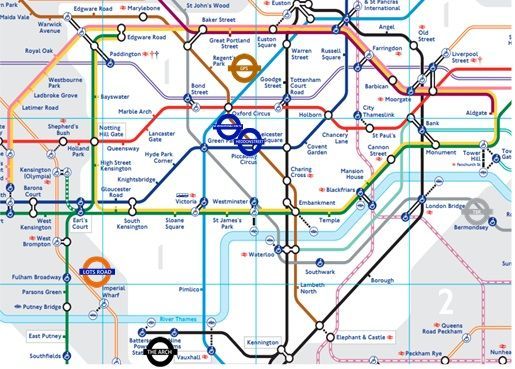When it comes to the promotion of your business, it pays to get things right the first time. But with so many different printing techniques and services available to choose from, it can be difficult knowing which is best for your business.
Two of the most popular printing techniques used are digital printingand litho printing. While both are extremely effective when it comes to the promotion of your business, they are also quite different from one another.
Here we’ll go through each in a bit more detail so you can get a better understanding as to what they’re all about and which may be the better choice for your needs.
Digital Printing Ins and Outs
With the advancement of technology came the rise of digital printing. This method of printing was originally developed in the early 1990s. Since then, it’s undergone some major changes to give us the fantastic quality prints that we see all around us today.
Digital printing involves transferring an image from a computer straight onto whatever material you choose. It removes many of the mechanical steps used in other printing methods such as lithography.
Main Benefits of Digital Printing
Digital printing was developed for a reason - to improve upon existing print methods. Therefore, it does have a significant number of benefits to offer. Here are some of the main ones:
- Cost effective for smaller runs. Unlike litho printing, there is no extensive set up involved in digital printing. Therefore, if you’re simply in the need of a few hundred prints, this is definitely the cheaper option for you.
- Quick finish. With digital printing turnaround time is fast as is no long set up process and it doesn’t take days for the ink to dry.
- Accurate proofing. This is probably one of the best benefits. Unlike litho printing, proofing is very cost-effective with digital printing as you get to see a real-life sample of the printed piece. If it’s not to your liking, it can be amended on screen and re-done at the cost of very little.
Main Downsides of Digital Printing
- Colour not quite as accurate. While the print finish on digital printers is pretty amazing, litho printing still has the edge here. Both methods print using the full colour format CMYK, but digital is slightly limited as can only simulate the real Pantone ink colours.
- Less material options. Digital printing presses still aren't quite there in terms of what you can print on, in comparison to that of more traditional methods like lithography. And if wanting to print on anything other than paper or card, you may struggle.
- Print quality. Because digital printer inks don’t full absorb into paper this means you may see cracks appear in the colour of the edges where it’s folded.
Litho Printing Ins and Outs
Lithographic or litho printingis a much older printing technique. This form of printing was developed back in the late 1700’s and is still the prefered choice of printing for many. That alone should give you an idea as to how good it is.
So, what is it exactly? Litho printing (also referred to as offset or wet ink printing) is a form of printing that involves using specially designed metal or acrylic plates to inscribe designs onto. These plates are then covered in ink and used to print the etched artwork out onto paper, card, or any other suitable medium.
While the fundamentals behind litho printing are pretty straightforward, knowing how to mix the colours correctly and align everything in the correct position, takes a lot of skill. However, once perfected, it’s a technique that can be used in a wide range of settings.
Main Benefits of Litho Printing
There are many great benefits to using lithography as your main printing technique. Here are some of the main ones:
- Great for multiples. Litho printers are ideal to use when you have large quantities to print the same thing as they have a very fast turnaround. Some are capable of producing as many as 50,000 sheets per hour.
- Very versatile. One of the best things about using litho printing is that it can be used on a number of different surfaces including paper, card, leather, wood, and metal.
- Great value. If you’re doing a large print, lithography is an extremely cost-effective method to use.
Main Downsides of Litho Printing
There aren’t too many downsides to using litho printing, which is why the technique is still around today. However, these are a couple of points to bear in mind:
- Set up time. The time it takes to set up a litho printer is much longer than that of a digital printer as there is a lot more involved. Plates have to be made up and proofs need to be printed to check the final colours and finishes.
- Set up costs. As with the extra time, there is also an added cost with the setting up of litho printers, again due to the making of the plates and the final checks. Because of these things it isn’t really feasible to use litho printing for just a couple of small prints.
- Turnaround time. The time it takes to set up the machine, finish the job, and wait for the ink on a litho print to dry could run into days. So if you have anything urgent to print, this is not the best method for you.
Making Your Decision
We hope you found the above useful and are now a little clearer as to what is involved in each printingmethod and which may be better for your needs.
Quality shouldn’t really matter as both produce amazing results if done correctly. And unless you have a trained eye, it’s very hard to spot the difference between something that’s been printed digitally or via lithography. Therefore you may want to consider basing it on the quantity you need instead.
Fortunately, there are savvy tips and tricks you can use to enhance your designs and get them print-ready. At IPW1, we’re always on hand to provide the help and support you need. Our dedicated team have plenty of experience when it comes to creating and editing artwork. If you’re stuck for inspiration or you’re unsure what format is right for your prints, talk to our team today.
Simply contact IPW1 on 020 7437 3200 or email us at askglen@ipw1.co.uk and start marketing your business today.


